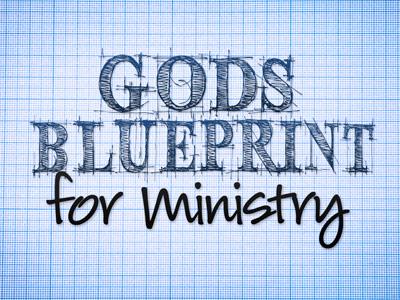-
Phillip Series
Contributed by Richard Pfeil on Apr 18, 2005 (message contributor)
Summary: A biographical sketch of Phillip
“PHILIP”
TEXT: JOHN 1:43-46, JOHN 6:1-7
Sunday, March 7, 2004
We are on a twelve week series on the disciples if you are visiting with us. We are walking through Lent with those who walked with Jesus, learning the lessons they learned in their lives, how God encountered them, discovering their flaws and their triumphs and the type of people Jesus calls into service. Today we are talking about Philip. He is our eighth disciple, or fifth on the list if you read the list of disciples. There’s Peter, James, John, Andrew and then number five is always Philip. Philip, early in the gospels, is always paired with Bartholomew, whose is also called Thaddeus. Later he develops a friendship, an affinity, with Andrew.
His name means lover of horses. It was a common name, used particularly of those who were leaders of countries. There was Philip, the king of Macedonia; the Governor of Jerusalem under Antiochus Epiphanies which is about 170 to 190 B.C., was named Philip. There was Philip the Tetrark who was the brother of Herod Antipas, the son of King Herod the great. King Herod of course is the Herod of the Christmas story, and Philip is the ruler whose wife was Herodias who went to be with his brother Antipas, which irritated John the Baptist. There’s also a Philip in the book of Acts, Philip the Deacon, and you read about him in Acts chapter 6. This Philip the Deacon is also the same Philip who preaches to the Ethiopian eunuch. You know that because in Acts 21:8 Philip the Evangelist is called one of the seven, not one of the twelve [one of the seven refers back to Acts 6], one of the seven deacons who was chosen to do practical ministry in the church. Therefore, Philip the apostle is not the same Philip who preached to the Ethiopian eunuch.
Philip lived in Bethsaida which is a fishing town on the Northern shore of the Sea of Galilee. He was the second disciple martyred eight years after James lost his life for the Lord. Philip died. He died in Heopolis, which is in Phrygia, Asia Minor, which is around an area of Turkey.
If you were to look at Philip’s life at the height of his ministry, you would be amazed to discover his past because who Philip was in his past wasn’t anything like Philip later in his life. Before he was martyred multitudes came to Christ because of the power of his preaching and, if you imagined that, and then discovered what his past was, you would say there is no way; they are not the same two people. Do you know people who are like that: they are a certain way now, and you look at their past and you would never believe what they were like before? I had a good friend, Donny Hudson, who was studying to be in the ministry like I was. He was a gentle, big guy, gentle though, loved the Lord. He told me about his life: he, at one time, was a brawler in a bar, just long hair and a hippy type and I said there is no way that could have been. The same thing is true of Philip. He was a wonderful godly man of faith later in his life, but when you read the gospels you get a very different picture, and we are going to look at two of those pictures.
You’ll find the whole story of Philip in the gospel of John. Again, because of the gospel of John, we get a fuller understanding of who Philip was. Without the gospel of John we really wouldn’t know anything about Philip. You read about Philip in Chapters 1, 6, 12 and 14 and we are just going to take two snapshots of his life, first in John chapter 1, versus 43-46:
The next day Jesus decided to leave for Galilee. Finding Philip, he said to him, ‘Follow me.’
Philip, like Andrew and Peter, was from the town of Bethsaida. Philip found Nathanael and told him, ‘We have found the one Moses wrote about in the Law, and about whom the prophets also wrote – Jesus of Nazareth, the son of Joseph.’
‘Nazareth! Can anything good come from there?’ Nathanael asked.
And then in John, chapter 6:
Sometime after this, Jesus crossed to the far shore of the sea of Galilee (that is, the Sea of Tiberias) and a great crowd of people followed him because they saw the miraculous signs he had performed on the sick. Then Jesus went up on a mountainside and sat down with his disciples. The Jewish Passover Feast was near.
When Jesus looked up and saw a great crowd coming toward him, he said to Philip, ‘Where shall we buy bread for these people to eat?’ He asked this only to test him, for he already had in mind what he was doing to do.

 Sermon Central
Sermon Central



